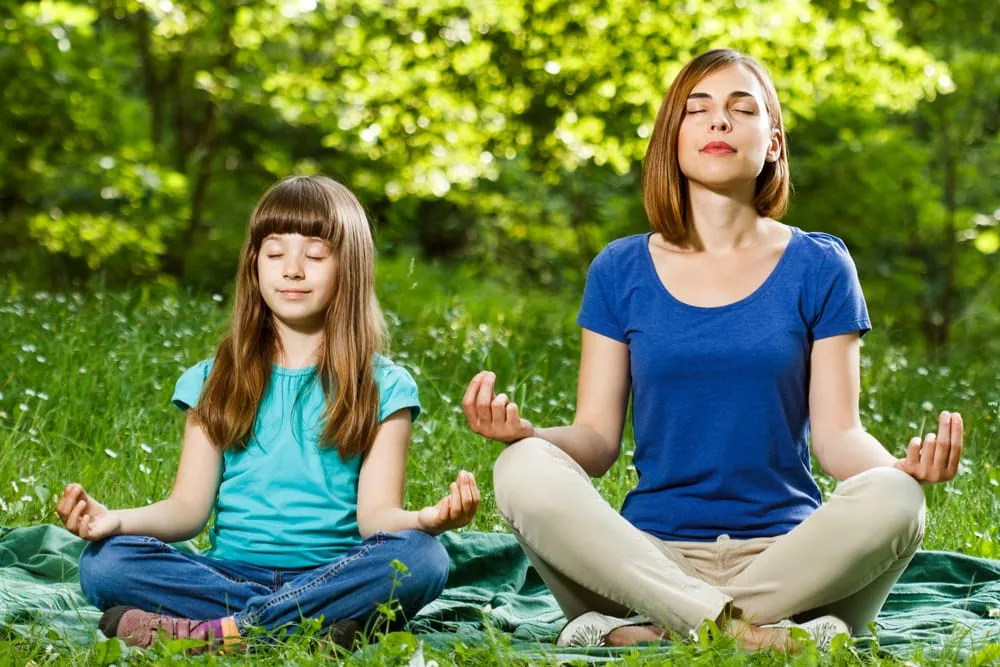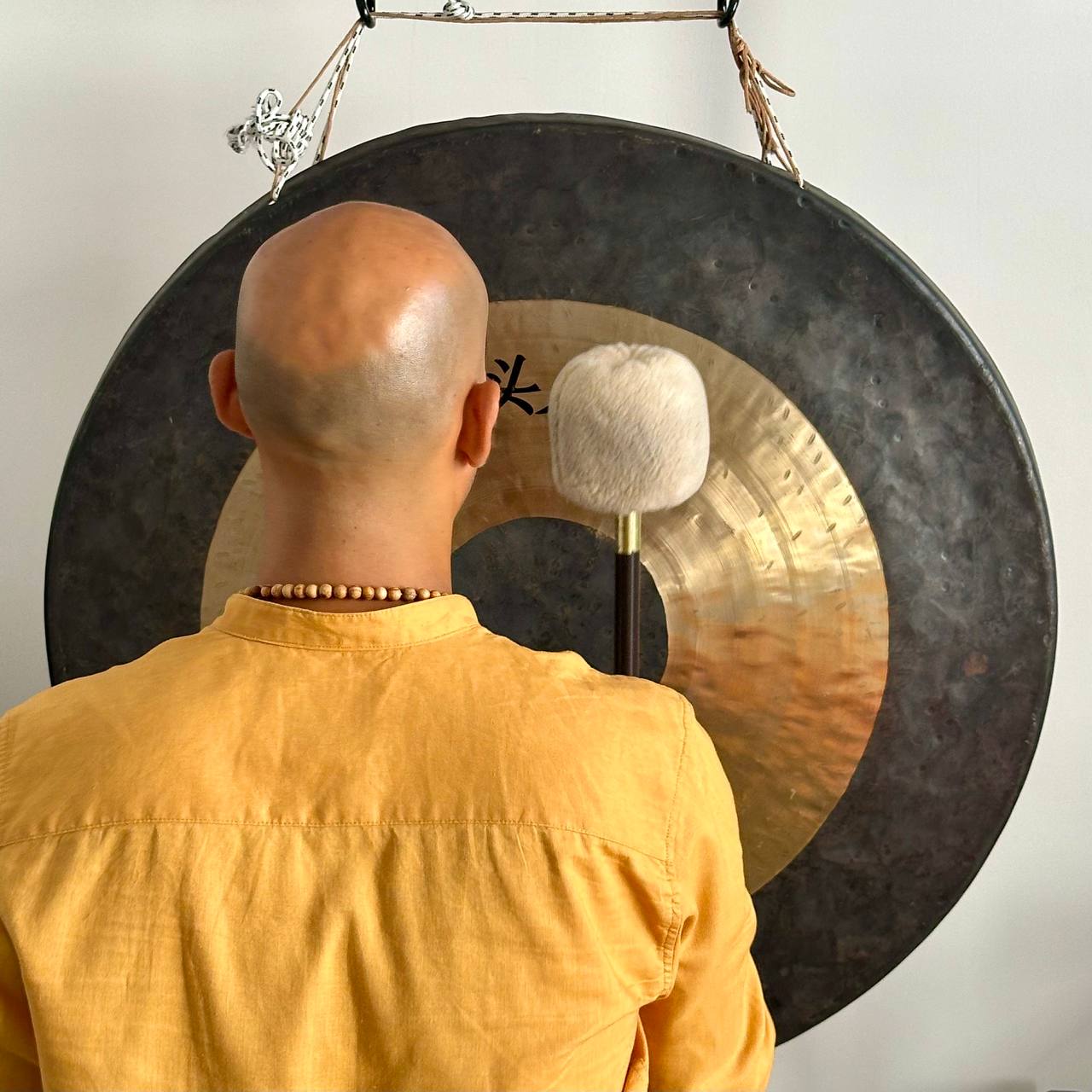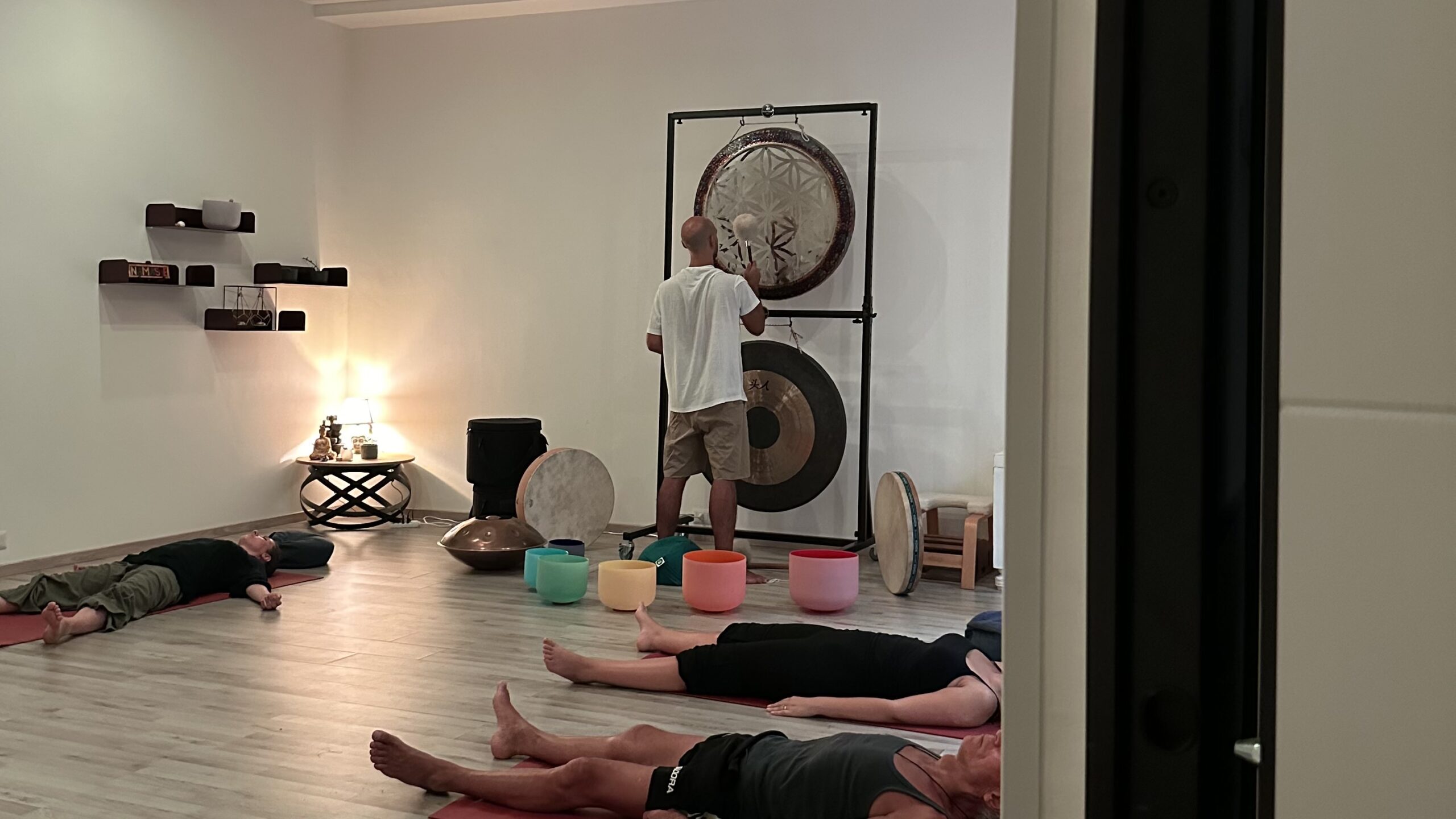In this article we discover the benefits of meditation for children and some exercises to introduce them to the practice in the right way, actively involving them.
INTRODUCTION
We often delude ourselves that children are immune to stress: in reality they experience strong emotions and, from their first social experiences, they know competition. It is true that children live in the present, they have no worries and identify totally with what they are doing in the moment, but it is a period of life that does not last long: early, usually with the start of school, children too start worrying, experience anxieties and pressures, move the thought towards the past and the future. That’s why meditation for children can become a pleasant and very useful habit even during childhood, with clearly visible implications on the ability to concentrate and manage emotions.
Every child that begins to manifest seeks the approval and recognition of its parents at the same time that a small plant seeks water, light and air. When a quality is not accepted and recognized, perhaps because the parents want the child to be like this or that, the child just has to change, repressing or denying this unaccepted quality, because he needs their love and their recognition.
The continuous repression of one’s emotional qualities leads the child to get used to living with certain emotions within himself for a long period of time and this tendency becomes a personality trait as well described by Dr. Joe Dispenza’s study, you can learn more HERE. At which point others will describe that child as “angry,” “rancotic,” or “critical.”
WHY MEDITATION HELPS CHILDREN
In our modern society, the problems described above are aggravated by social media (which amplify the effects of bullying and social pressure), by the excessive stimulus from media and technology (which leads to greater restlessness and less attention span) and by a climate of growing fear (fueled by the current state of the world and by the anxieties of parents).
Let’s take school as an example: what happens when a pupil behaves badly in school? He is punished, sent to the principal or suspended.
But is it really useful for improving students’ mental state? The punishment often consists of standing in a corner staring at the wall or something else, but it certainly does not serve to make one reflect on one’s conduct, on the contrary it is counterproductive because it only fuels the climate of fear and lowers the child’s self-esteem.
In this context, it is our responsibility as parents and educators – and as a society – to teach the new generations self-help tools that can really make a difference.
“Reward and punishment are the lowest form of education.”
Chuang Tzu
MEDITATION IN SCHOOLS
Fortunately, we are seeing a worldwide movement to permanently integrate meditation into the school system. In some US and UK schools meditation is already being practiced as an adjunct to physical education programmes, in others it is being taught as a substitute for disciplinary detention.
Professor Robert W. Coleman of Baltimore elementary school has come up with something different for students who misbehave: meditation.
Instead of punishing children with punishments or by sending them to the principal’s office, the Baltimore school now has a room called the “Mindful Moment Room”… or the meditation room.
The room has nothing to do with a detention room. Instead, it is filled with lamps, decorations, and soft purple cushions. Misbehaving children are invited to sit in the room and perform practices such as breathing or meditation, helping them calm their mind and center themselves. They are also invited to talk about what happened.
Among the meditative practices, that of mindfulness in particular lends itself to being taught in a simple way, starting from the very beginning of the school curriculum.
The word mindfulness means “awareness“. The ability to be present to yourself is one of our innate abilities. If you want to know more about mindfulness practice, I invite you to read the blog article.
Childhood and adolescence are important developmental stages that lay the foundation for mental health in adults. In recent literature, mindfulness-based school programs using age-appropriate techniques have demonstrated a variety of social, cognitive, and emotional benefits for elementary and middle school students.
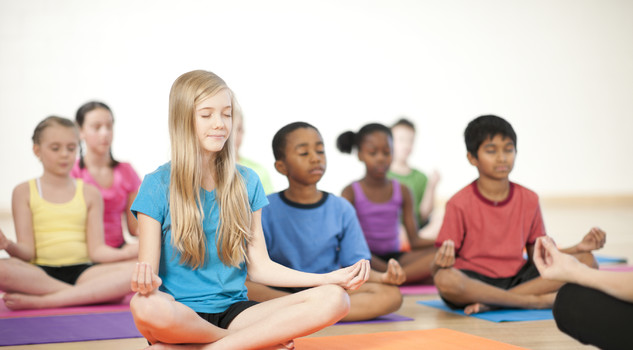
Cultivate awareness along the educational path:
- Promotes creativity
- Develop concentration
- Improve academic performance
- Improve sports performance
- Develop emotional intelligence
- Develop mental health and well-being in children.
HOW TO TEACH MINDFULNESS MEDITATION TO CHILDREN
Mindfulness for children has the main objective of arousing their curiosity, their attention. Making their sense of wonder never end, as well as their interest in connecting with the outside from a more relaxed, more responsive and confident inside.
Teaching children is very different from teaching adults. Children have less patience, less attention and little self-control. On the other hand, they have a greater imagination, a sense of playfulness and learn quickly through good example.
The first thing to take into consideration is the age range we are targeting, which also corresponds to a very specific learning style.
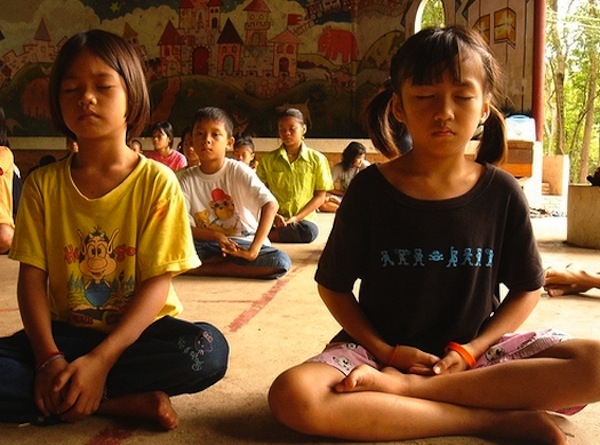
Meditation for young children (1-3 years), is more like a “conscious movement” or a “creative game” than a real practice. While in the 3 to 5-year-old range, children begin to pay attention to stories, so for example, one could invent a fairy tale with a pet or one of his favorite toys as the protagonist who embarks on a journey through his body to explore energy. Instead, meditative music and recorded meditations can have a profound calming effect on children ages 6 and up, but preference is personal.
The most important thing when teaching children to meditate is to present the practices in a more interesting, fun and engaging way. Never let it get boring for them. Make it look like an enjoyable activity, like a game, and the kids will want to do it again.
MEDITATIVE PRACTICE (CHILDREN 5-8 YEARS OLD) – THE SMALL LIGHT OF ATTENTION
This meditation helps children to be attentive to the breath and to improve concentration, be less impulsive and exercise some control over their inner world without condemning or repressing anything.



